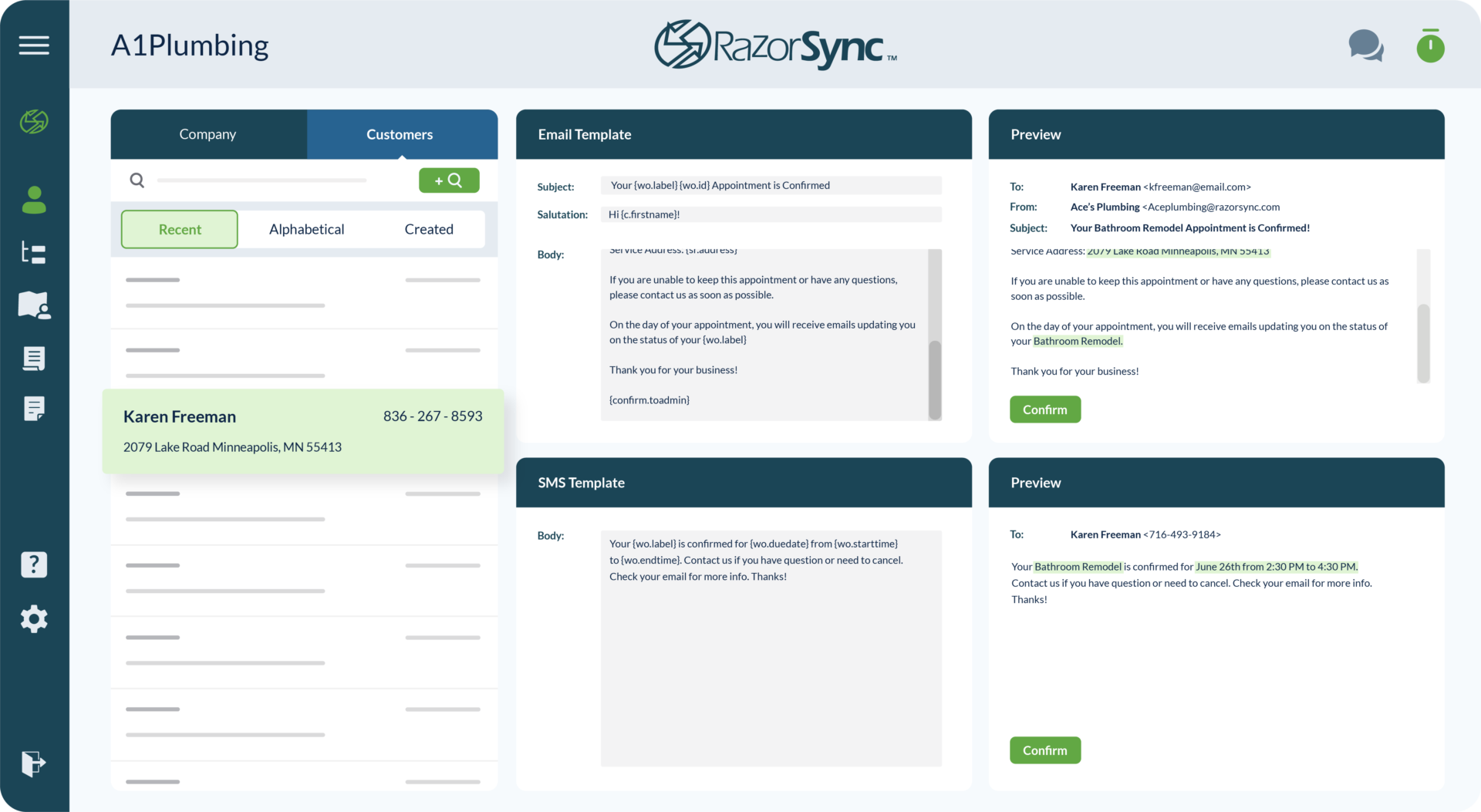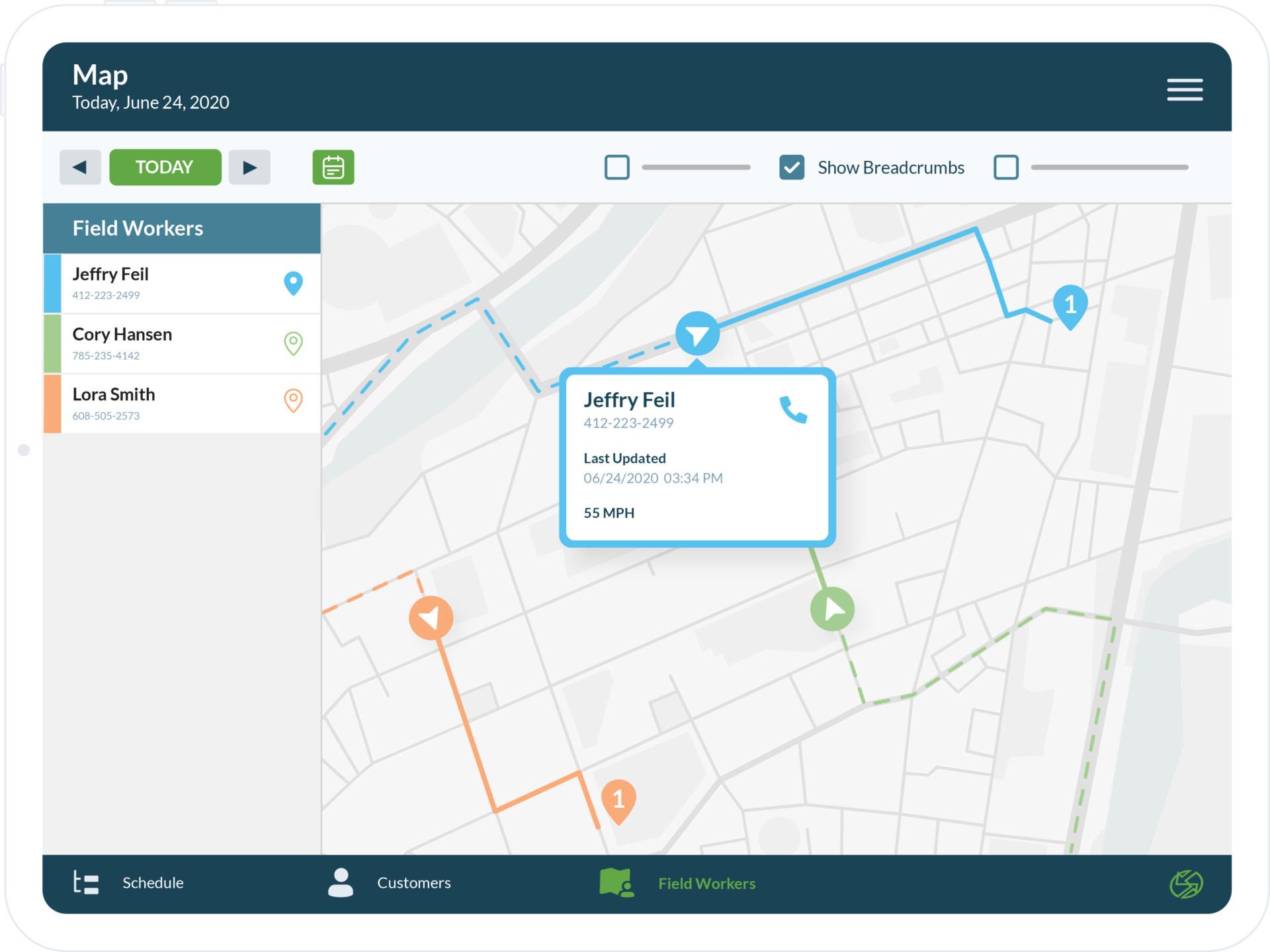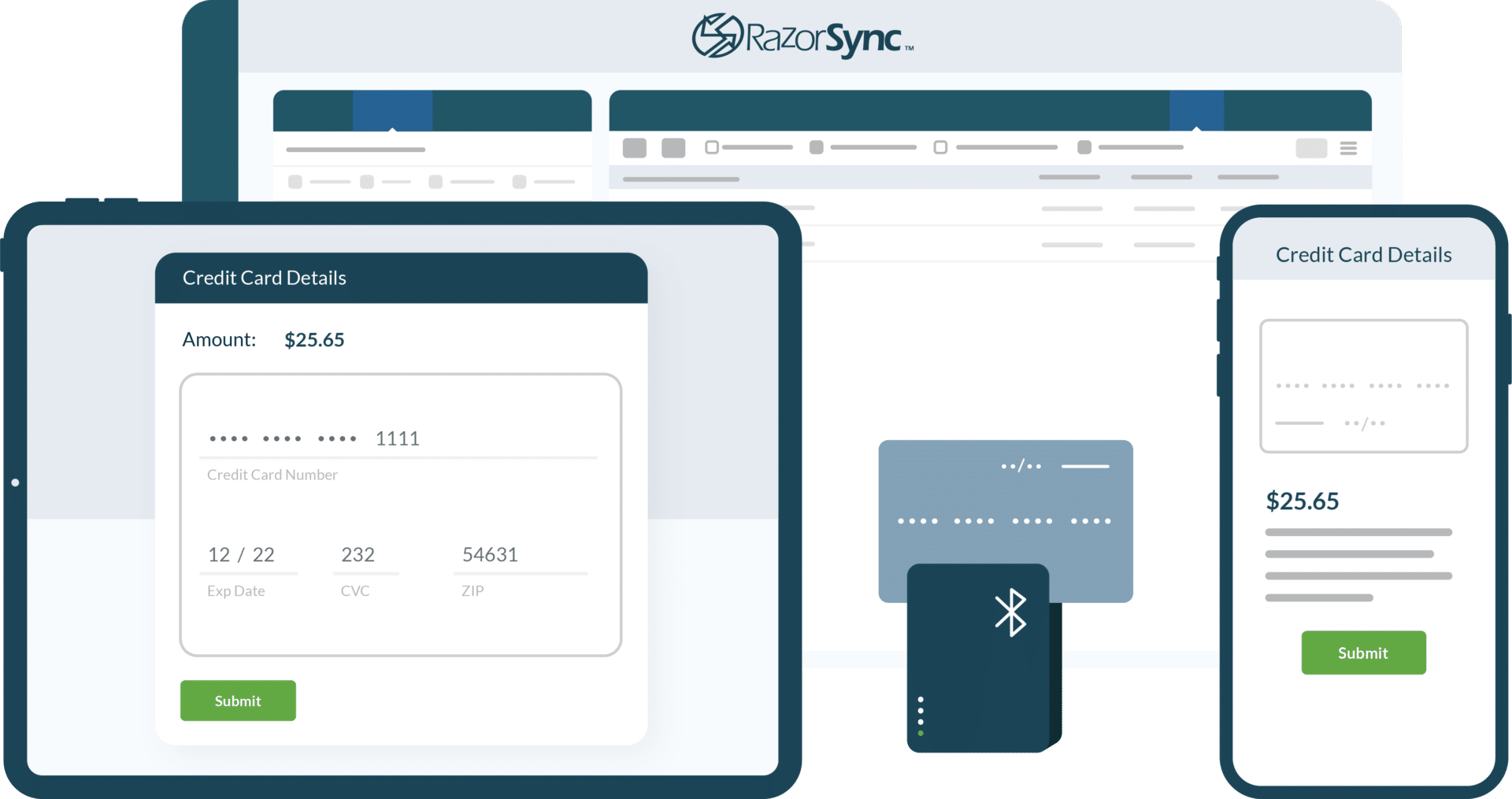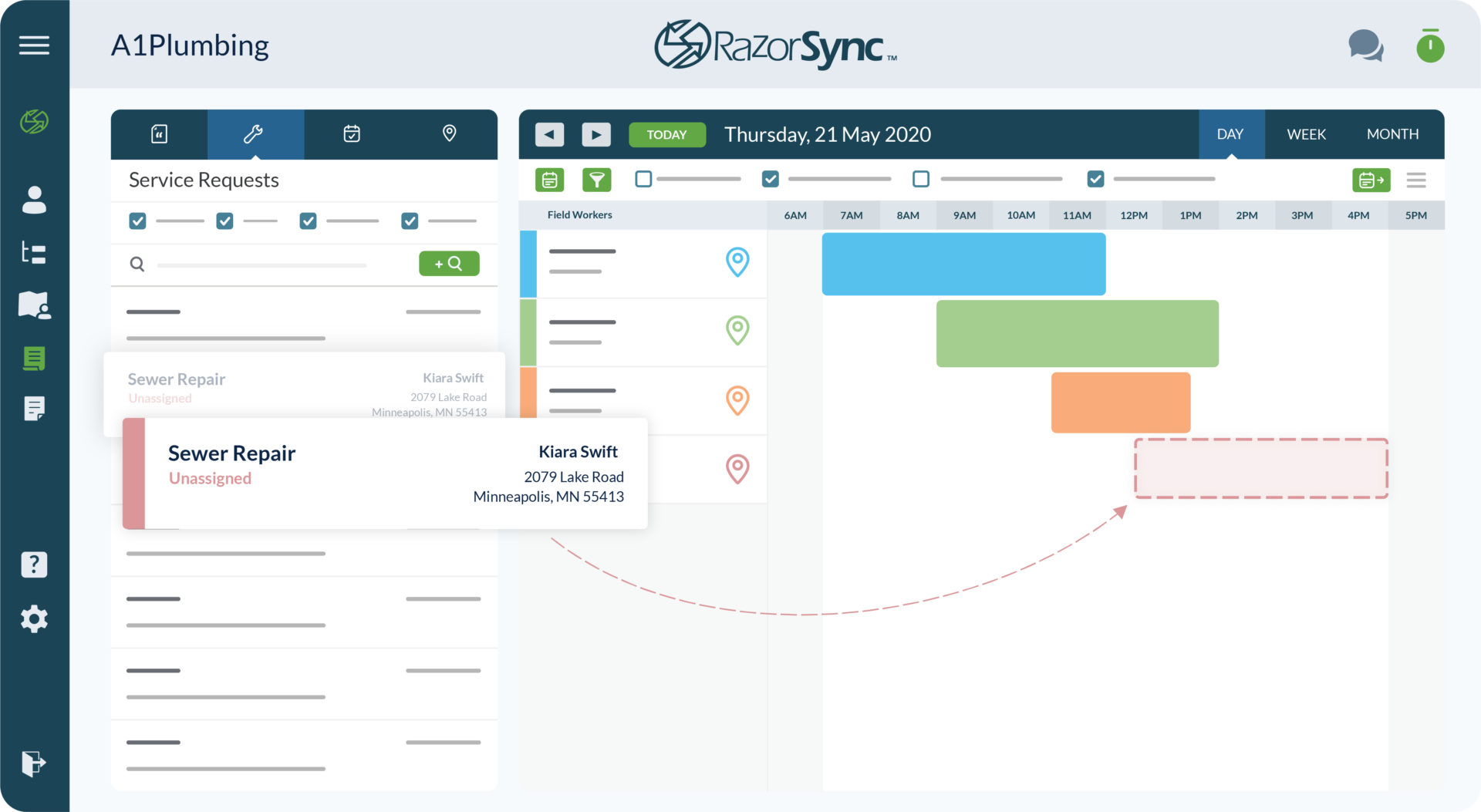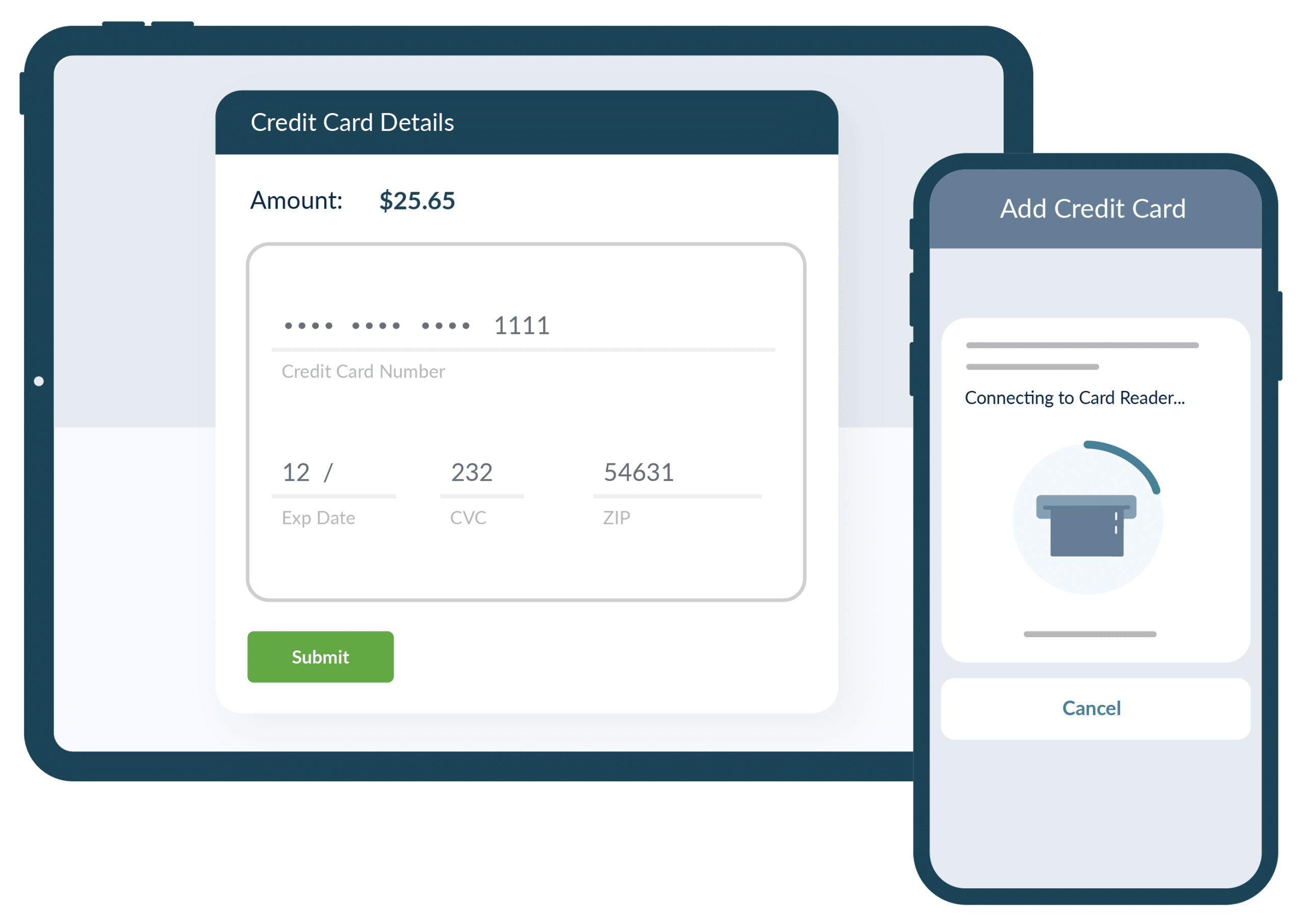Upping Your Game: the Field Service Response Time Scorecard
Today’s customer expects instant, or very fast, service. Limited scheduling options means limiting your potential for growth, and a late arrival may result in a scathing review on Yelp or Facebook. Get tips on how to improve the most critical field service metric, the response-time score.
Oct 15, 2015
# of Minutes to Read

Today’s customer expects an instant, or very fast, response to a service request. Limit scheduling options to four-hour windows during the business day, and you limit your customer base. One late arrival may result in a scathing review on Yelp, Angie’s List or Facebook. Any field service business – computer repair, plumbing, lawn and snow removal or another – must pay attention to it’s response-time score.
Begin by tracking on-time arrivals as part of your scheduling process. If your tracking process so far is casual, along the lines of, “We got all the jobs in by the end of the day, so it must have been pretty good,” it’s time to up your game. Hold your team responsible for recording an exact arrival time at each job. This can be done easily as a tech changes the status of a job from en-route to on-site. In RazorSync, you can see the status changes either in each specific service request notes or in the detailed time card report for that technician.
Survey every customer after each service call. Your field tech record provides a record of the actual arrival time, but the survey provides something more important—the customer’s perception of timeliness. Conduct the survey through a phone call (best) or an email with a link to an online survey. (Don’t rely on having your techs hand out survey cards – you risk getting skewed information.)The first survey question should be whether the technician was on time. Next, ask if the customer was satisfied with the scheduling options offered. And finally, have an open comment box for answers to the question you forgot to ask.
Calculate your current late arrival score as a count or percentage, broken down by team and for the company as a whole. Set specific goals and make sure the program is understood by all employees. Keep progress toward the goals in front of employees every day – on the white board in the break room, as a mid-day text and in team meetings.
Improve customer tolerance for late arrivals and satisfaction with your process. Foreknowledge means less disruption and disappointment for the customer. Have the scheduled tech or office provide updated arrival times via text or email. Provide customers with access to a customer self-service portal that shows the tech’s progress. Improve actual arrival times by monitoring your field crews’ positions on a map-view schedule, re-assigning and dispatching on the fly during the day to minimize drive time and late arrivals.
If survey returns suggest your customers are dissatisfied with scheduling options, consider extending your service times to accommodate their needs. In a small operation that can be a challenge, but may be necessary to achieve your business goals in a competitive industry.
When setting customer expectations about appointments, what works or doesn’t work in your experience? Share your ideas with our readers.
